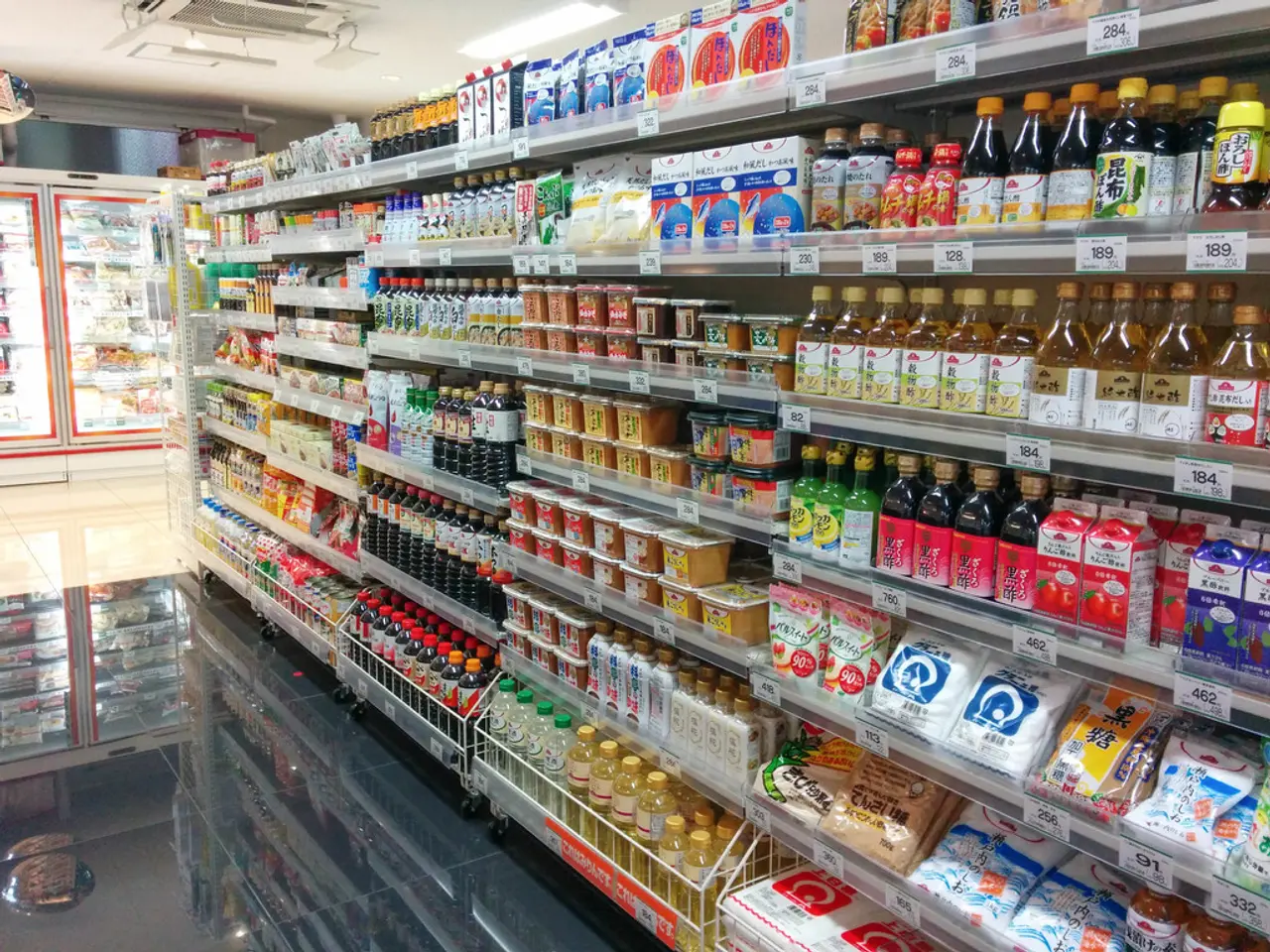Retail industry braces for a challenging second half of 2025, questioning if their predictions hold true.
In the midst of economic uncertainty and potential income loss, consumers are becoming thrifty, prioritizing saving and investment over spending on experiences. This shift in consumer behaviour is reflected in recent data on consumer sentiment, which shows a mixed but generally subdued picture for the second half and the critical fourth quarter of 2025.
The University of Michigan’s consumer sentiment index for August 2025 dropped to 58.6 from 61.7 in July, below expectations of around 62. Although July marked the highest sentiment since February 2025, August’s decline shows ongoing consumer caution. Inflation expectations are moderating but remain elevated compared to late 2024 levels.
The Conference Board’s Consumer Confidence Index rose slightly in July 2025 to 97.2 from 95.2 in June, but the Present Situation Index declined, and the Expectations Index remained below the recession threshold (80) for six months, signaling persistent concern about the near future.
PwC’s Summer 2025 consumer sentiment survey for the UK shows a rise in net confidence but deepening concerns around inflation and job security, particularly among younger and lower socioeconomic groups. This indicates polarization in how different groups feel about economic conditions.
The National Restaurant Association highlights that consumer confidence had declined into early 2025, influenced by a slowing labor market and economic uncertainties, although unemployment remains low and wages are rising. Consumer spending resilience depends heavily on employment stability.
Taken together, these indicators show that while consumer sentiment experienced some improvement in mid-2025, it remains below levels that would signal strong confidence. Consumers accurately reflect ongoing inflation risks, labor market concerns, and economic uncertainties. The data appear to realistically capture how consumers feel entering the crucial second half and fourth quarter of 2025, with some volatility expected depending on economic developments.
According to Salesforce, a third of consumers were optimistic about the economy in April, a 22% increase over a year earlier. However, the National Retail Federation (NRF) is projecting annual U.S. retail sales will grow between 2.7% and 3.7% over 2024. Salesforce predicts "Consumer optimism will turn a corner ahead of the holidays."
The second half of the year and holiday season (November and December) are expected to be a bust for retail and brands. The NRF's projection for retail sales growth is a far cry from the dire predictions of some critics of the tariff strategy. EMARKETER forecasts a rare deceleration in sales growth, the lowest since they began tracking the metric in 2009.
Retailers are re-sourcing goods, haggling with suppliers, and using other strategies to avoid raising prices. Consumers are shifting to buying cheaper alternatives, such as store brands, driving less to big box stores, and shopping more in their neighborhoods. The high end of the NRF estimate (3.7%) matches the long-term pre-pandemic average of 3.6%.
This slow growth is attributed to tariffs and ongoing uncertainty. The lower end of the NRF estimate (2.7%) is about the same as the latest readings on inflation. The question remains as to whether the current data is fully accurate in predicting how consumers feel. The current consumer sentiment data should be considered a reliable, if cautious, barometer of consumer attitudes for the remainder of 2025.
This economic situation has led to much hand-wringing among corporate executives in the retail and brand industries. EMARKETER predicts holiday sales will rise by an anemic 1.2%, a decrease from 1.5% a year earlier. Retail strategies for dealing with tariffs seem to involve keeping prices low and maintaining a low profile. A growth rate falling anywhere in between the NRF estimate could be considered a respectable result, given the current economic context.
- In the face of economic uncertainties and potential tariffs, retailers are adopting strategies to counteract price increases, such as resourcing goods from alternative suppliers and promoting store brands to attract thrifty consumers during the second half and holiday season.
- With ongoing economic uncertainty and moderating inflation expectations, consumer spending patterns are shifting towards saving and investment, posing challenges for businesses in the finance and retail sectors, particularly during the critical fourth quarter of 2025.




